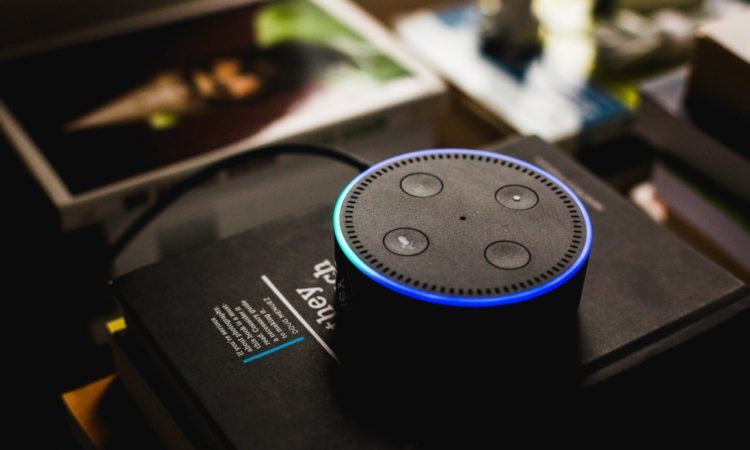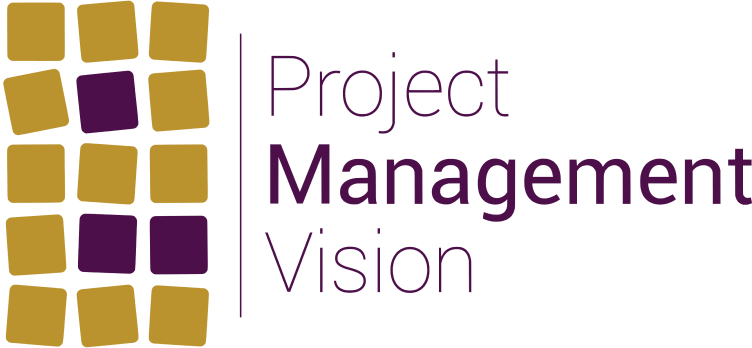Benefits of IoT for Consumers and Future Trend of IoT Devices
Benefits of IoT for Consumers and Future Trend of IoT Devices
May 23, 2018

What is the Internet of Things (IoT)
Prior to the discussion of benefits of IoT for consumers and businesses, this title question needs a clear answer. The Internet of Things, refers to billions of physical devices around the world connected to the internet and to each other, sharing data. Any physical object transforms into an IoT device once it gets connected to the internet, and controlled.
A light bulb that can be switched on using a smartphone app is an IoT device, as is a security motion sensor at home or a smart thermostat at your office or even a connected streetlight. This could be a simple electronic car key to a highly technical driverless car, or as complicated as a satellite launch vehicle that is filled with thousands of sensors collecting and transmitting data. Today, smart city projects are filling entire regions with sensors to help us understand and control the environment.
With the increased use of this technology, the prices for sensors, processors and wireless networks have dropped dramatically. The adoption of RFID tags (low-power chips that can communicate wirelessly), the increasing availability of broadband internet and cellular, wireless networking have given a great boost to the usage and trend of IoT devices.
Benefits of IoT For Consumers
The smart home is probably where consumers are most likely to come in contact with IoT, and it is one area where the big tech companies (particularly Amazon, Google, and Apple) are competing aggressively. It creates better understanding of how our homes operate, and the ability to tweak sensors settings, could help save energy – by cutting heating costs. Also:
- Smart sensors help us understand how noisy or polluted our environment may be;
- Autonomous cars could change how we build and manage our public spaces;
- Smart speakers like Amazon’s Echo and Google Home make it easier to play music, set timers, or get information;
- Security systems make it easier to monitor what’s going on inside and outside, or to see and talk to visitors;
- Smart thermostats can help us heat our homes before we arrive back, and
- Light bulbs can come on and make it look like we are home even when we are out.
- Optimized integration of Building Integrated Photovoltaics (BIPV).
Benefits of IoT For Business
Manufacturers are adding sensors to the components of their products so that they can transmit back data about its performance. This can help companies to:
- Spot when a component is likely to fail and to change it before it causes damage; and
- Make their systems and their supply chains more efficient, because they will have much more accurate data about what is really going on.
Furthermore, IoT helps businesses in data and inventory management, remote work and planning. You can refer to the Forbes article which digs in-depth into this topic. However, as with any technology,security challenges exists for Internet of Things. In the next article of this series, we will discuss more about the plausible security risks in this technology, and the possible mitigation strategies.
Future Trend of IoT Devices
Analyst Gartner calculates and predicts the growth as follows:
| Year | IoT devices in use | Total Spending in IoT | Most used IoT devices |
| 2016 | 6.4 billion | $1.69tn | smart electric meters, home appliances, commercial security cameras and health care |
| 2017 | 8.4 billion | $2tn | |
| 2020 | 20.4 billion | $3tn. |
The key is enterprises having access to more data about their own products and internal systems, enhancing the ability to make changes to improve as a result. “With the introduction of comprehensive, real-time data collection and analysis, production systems can become dramatically more responsive,” say consultants McKinsey.
Enterprise use of IoT classifies as two segments:
- Industry-specific offerings like sensors in a generating plant or real-time location devices for healthcare; and
- IoT devices that can be used in all industries, like smart air conditioning or security systems.
To conclude, here is an infographic (prepared by GoldmanSachs) to better represent the current and future trend of this technology.

Recent Post
Mar 14, 2024
